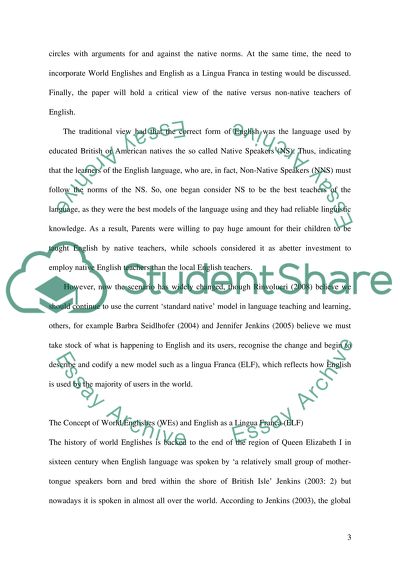Cite this document
(“The Goal of ELT in Outer or Expanding Circle Essay”, n.d.)
The Goal of ELT in Outer or Expanding Circle Essay. Retrieved from https://studentshare.org/english/1506556-the-goal-of-elt-in-outer-or-expanding-circle
The Goal of ELT in Outer or Expanding Circle Essay. Retrieved from https://studentshare.org/english/1506556-the-goal-of-elt-in-outer-or-expanding-circle
(The Goal of ELT in Outer or Expanding Circle Essay)
The Goal of ELT in Outer or Expanding Circle Essay. https://studentshare.org/english/1506556-the-goal-of-elt-in-outer-or-expanding-circle.
The Goal of ELT in Outer or Expanding Circle Essay. https://studentshare.org/english/1506556-the-goal-of-elt-in-outer-or-expanding-circle.
“The Goal of ELT in Outer or Expanding Circle Essay”, n.d. https://studentshare.org/english/1506556-the-goal-of-elt-in-outer-or-expanding-circle.


